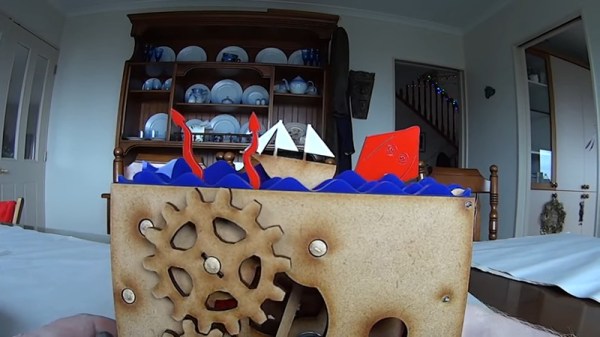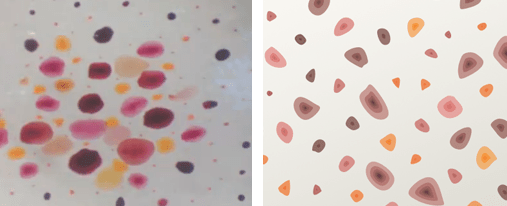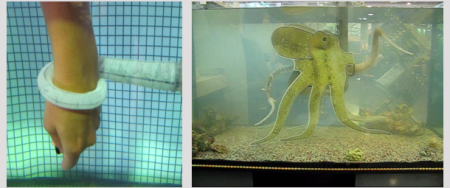Lasercutters are fantastic tools: they’re highly useful for making flat things, or even flat things that you later bend! This makes them particularly well suited for making gears out of flat stock. [sharvfish] needed to get his hands dirty with producing some gears for his automaton, and decided to share what he learned in the process.
The gears in question are cut out of MDF board, which is readily usable on all but the feeblest lasercutters you’ll find in the average makerspace. The first problem faced was when producing gears with low tooth counts – depending on the exact geometry used, teeth with lower counts can tend to jam easily. For [sharvfish]’s gears, 6 teeth seems to be just a touch too small to work well. Other issues cropped up around the kerf of the cuts affecting the gear mesh and the use of pins to improve the coupling of the gears to the shaft, which [sharvfish] expands upon in the video. There’s also a cheeky cephalopod cameo, too.
It’s always interesting to see the unique challenges faced in the undertaking of a project; we could see six more lasercut projects this week, and we’d likely see six unique problems the builders faced as well. It’s a great insight into the build process and it’s great when makers share their journey as well as the finished product. Video after the break.
Wondering what lasercut gears can do for you? Check out this build that rotates an entire television.















